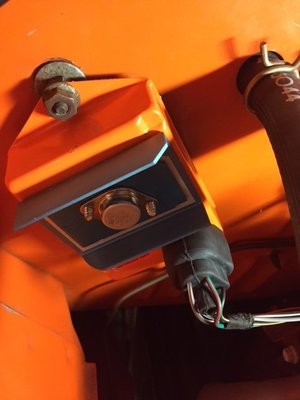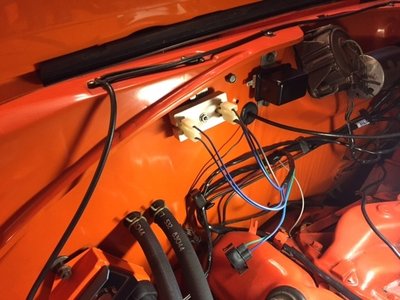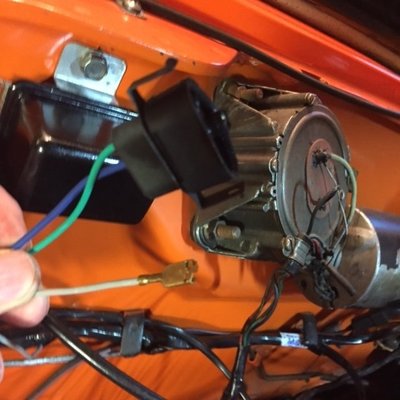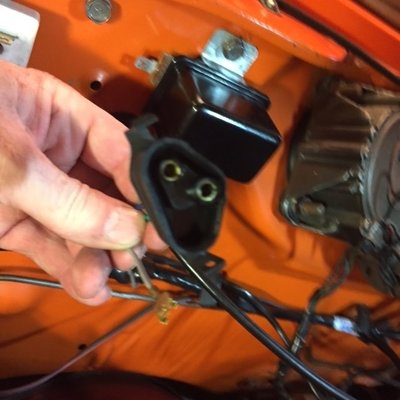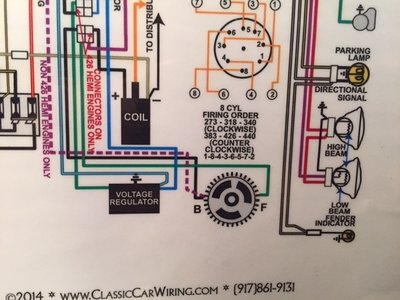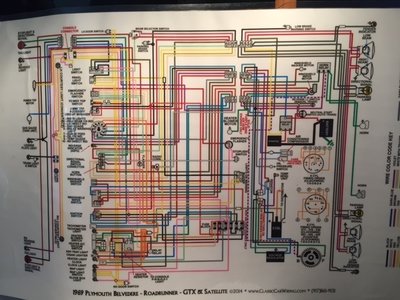darc1722
Well-Known Member
I'm installing a new electronic ignition engine wiring harness in my 69 roadruuner. I would also like to install a new solid state voltage regulator made be Regitar Model:C524 I have a new Mopar ignition module and have everything wired up (i think) but need some input on how and if I can connect the new voltage regulator. The new wiring harness comes with a connector for a different style voltage regulator ( I would like to use the new stock looking solid state regulator if possible). So can I modify the harness to fit the regulator (blue to IGN green to FLD, I think). Do I need the resistor, please see pics and let me know your thoughts thanks. Does anyone have a wiring diagram for what I'm trying to do? Thanks
